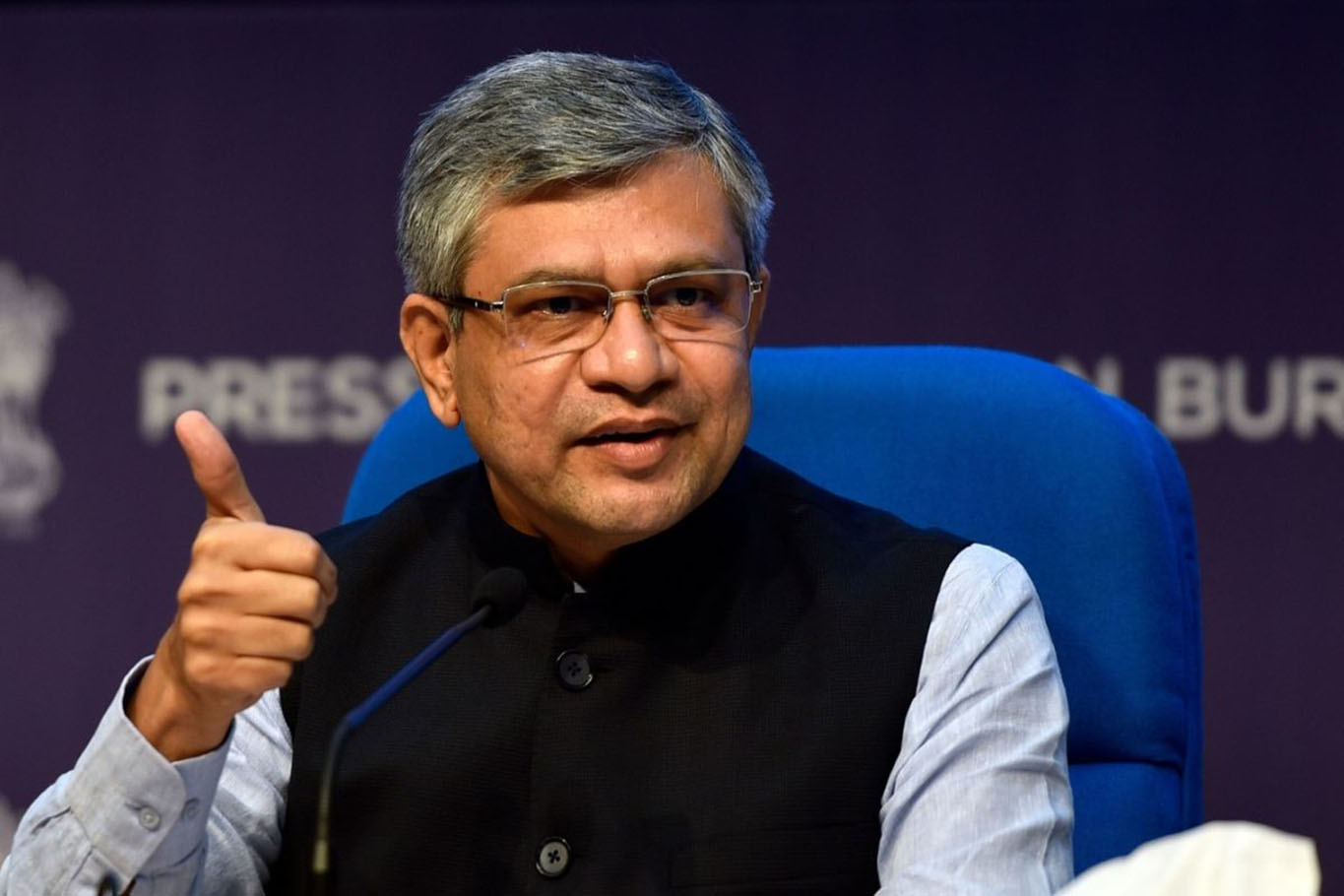 In a significant boost to India’s electronics and IT sector, the Union Cabinet approved three semiconductor-related projects with a total investment of $15.2 billion. This includes the establishment of the country’s first commercial semiconductor fabrication (fab) unit by Tata Electronics Private Limited in partnership with Powerchip Semiconductor Manufacturing Corp (PSMC) of Taiwan, at an estimated cost of $11 billion in Gujarat’s Dholera.
In a significant boost to India’s electronics and IT sector, the Union Cabinet approved three semiconductor-related projects with a total investment of $15.2 billion. This includes the establishment of the country’s first commercial semiconductor fabrication (fab) unit by Tata Electronics Private Limited in partnership with Powerchip Semiconductor Manufacturing Corp (PSMC) of Taiwan, at an estimated cost of $11 billion in Gujarat’s Dholera.
The semiconductor fab is slated to have a capacity of 50,000 wafer starts per month (WSPM), equating to approximately 3 billion chips annually. These chips will serve eight sectors, including high-powered computing, electric vehicles, defense, telecom, consumer electronics, automobile, power electronics, and renewable energy. Utilizing advanced technology, the fab will manufacture chips ranging from 28 nanometers to 7 nanometers in size.
Electronics and IT Minister Ashwini Vaishnaw highlighted that the fab’s construction will commence within the next 100 days, generating 20,000 advanced-technology jobs and 60,000 indirect jobs. He emphasized the fab’s significance as a “big turning point for the nation,” given semiconductors’ foundational importance and widespread use across various sectors.
Moreover, the Cabinet endorsed two assembly, testing, packaging, and marking (ATMP) units essential for the concluding phases of chip production. One unit, to be established by Tata Semiconductor Assembly and Test Pvt Ltd (TSAT) in Assam’s Morigaon, will involve an investment of $3.3 billion and focus on developing indigenous advanced semiconductor packaging technologies. The other unit, set up by CG Power in collaboration with Renesas Electronics Corporation of Japan and Stars Microelectronics of Thailand, will be located in Gujarat’s Sanand, with an investment of $917 million, focusing on power management and automotive applications.
Under the Production Linked Incentive (PLI) scheme, the government will provide a 50% subsidy for the capital expenditure costs of all three projects, aiming to promote domestic manufacturing of semiconductor devices and displays. Launched in December 2021 with an outlay of $9.2 billion, the PLI scheme aims to attract global and domestic investments in the semiconductor sector.
These approvals are anticipated to reduce India’s reliance on semiconductor imports, which currently constitute nearly 12% of the country’s total electronics imports. With imports valued at $21.6 billion in 2020, projected to rise to $100 billion by 2030, the projects will enhance India’s competitiveness and innovation in the semiconductor industry, critical for emerging technologies like artificial intelligence, 5G, IoT, and cloud computing.
Minister Vaishnaw affirmed the government’s commitment to supporting the semiconductor sector’s growth and facilitating additional projects in the future. Discussions with potential investors, both domestic and foreign, are underway to establish more semiconductor fabs and ATMP units in India.












